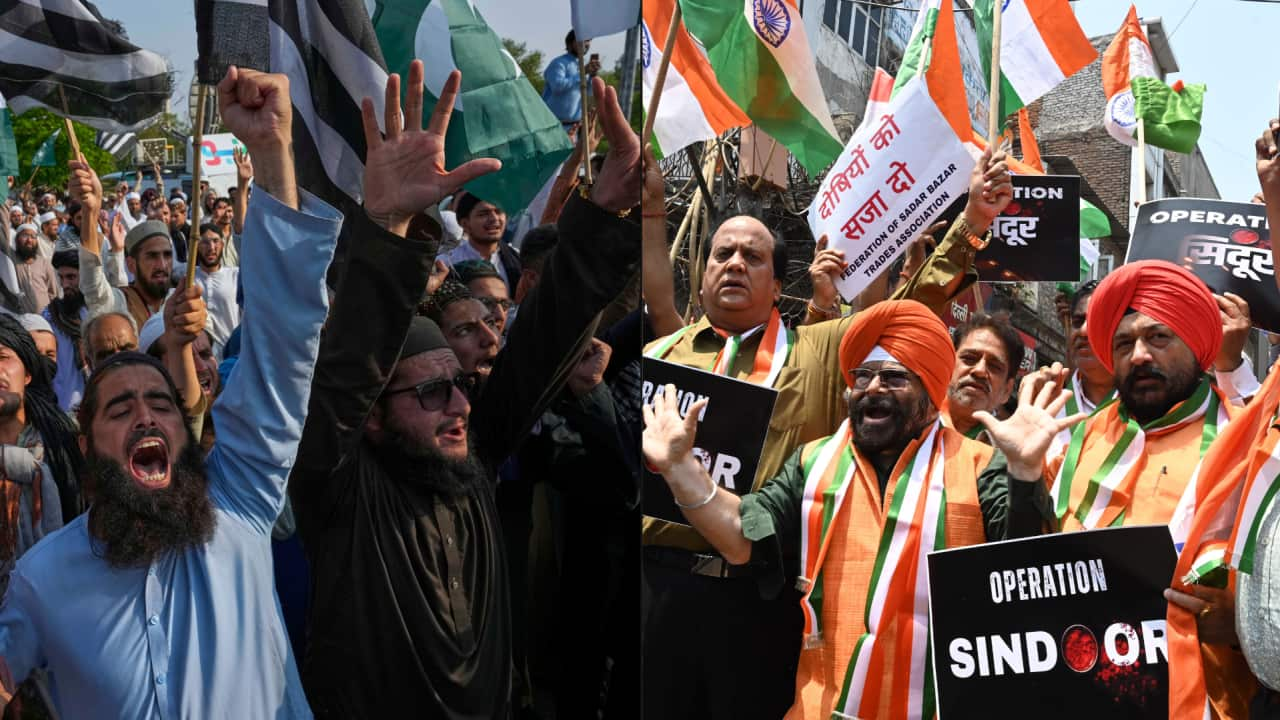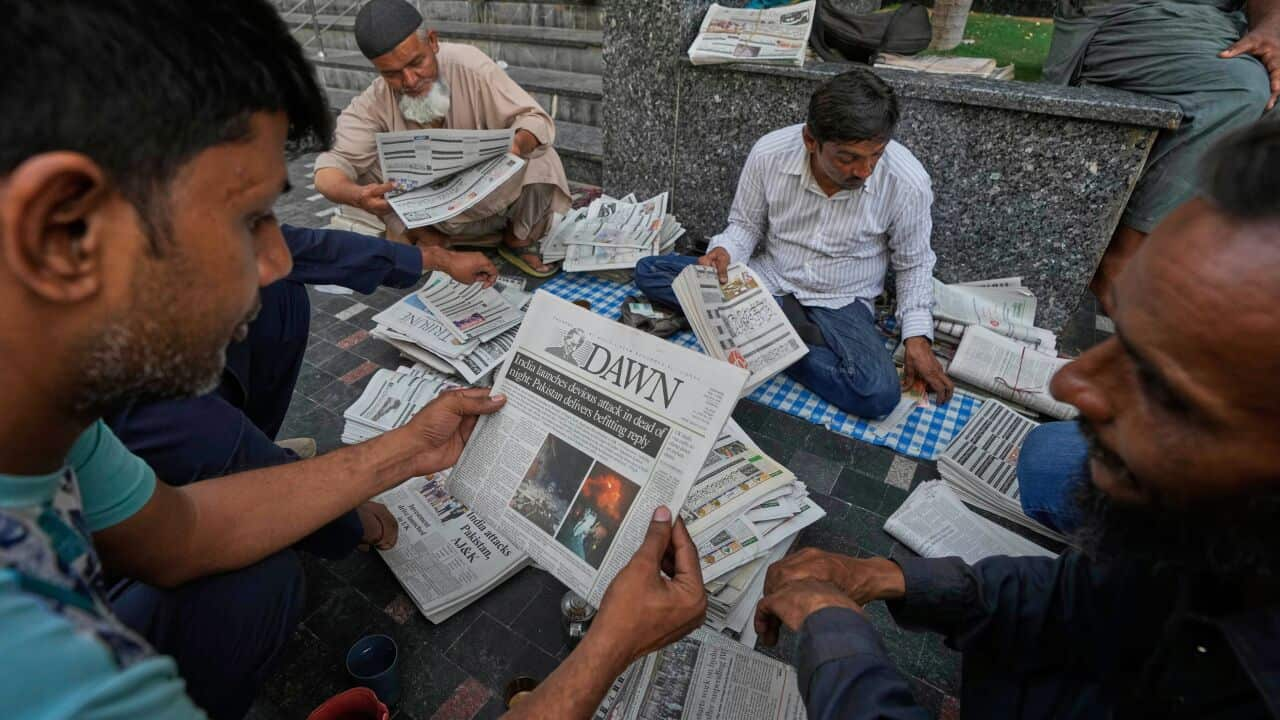Key Points
- Applying for an Australian visa to get more expensive from 1 July 2023.
- Skill stream to account for 70% of all places allocated in the 2023-24 Migration Program.
- Student visa work restrictions to be capped at an increased rate of 48 hours per fortnight from 1 July 2023.
- Extra two years of post-study work rights to Temporary Graduate visa holders with select degrees.
For the 2023–24 permanent Migration Program, the Albanese Government will stick to 190,000 places, with 137,100 places (around 70 per cent) allocated to the Skill stream to help address the country's long-term skill needs.
The net overseas migration is estimated to hit as high as 400,000 places this year and 315,000 in 2023–24, with migration forecast to largely return to standard patterns from 2024–25.
Here is what Labor's 2023 federal budget means for Australian migration:
Prioritising the Skilled Migration
The budget document states, "the government aims to ensure the migration system delivers the skilled migrants needed to address persistent skills shortages by allocating around 70 per cent of places in the 2023-24 Permanent Migration Program to the Skill stream."
However, partner and child visas will remain demand-driven.
In addition, the government will also reset the income threshold in a bid to attract more skilled migrants who complement the skills of the Australian workforce.
To attain this objective, the government will increase the Temporary Skilled Migration Income Threshold (TSMIT) from the current rate of $53,900 to $70,000 from 1 July 2023.
Last week, Home Affairs Minister Clare O'Neil announced significant changes to almost every visa category following a review that found that the country's current migration system needs to attract the most skilled people.
To fix the system, the government announced some significant proposed changes, including doing away with outdated, inflexible occupation lists, removing the points test for skilled visas and building a mainstream temporary skilled pathway to bring in the core skills that Australia needs.

Credit: en.wikipedia.org/wiki/International_student
The budget paper confirms that the work hour cap for international student visa holders will be reinstated from 1 July 2023, following its removal during the COVID-19 pandemic. It will be increased by 8 hours from pre-pandemic levels to 48 hours per fortnight.
International students working in the aged care sector will be exempt from the 48-hour per fortnight work limit until 31 December 2023.
The outline of the government's migration strategy also mentions improving the job readiness and outcomes of international students by providing faster pathways to permanent residency for skilled graduates, which means reducing the time international students spend on bridging visas by easing the path to graduate visas.
The budget also commits to providing an extra two years of post-study work rights to Temporary Graduate visa holders with select degrees to improve the pipeline of skilled labour in critical sectors.

Treasurer Jim Chalmers is applauded after delivering the 2023/2024 Budget in the House of Representatives at Parliament House in Canberra, Tuesday, May 9, 2023. Source: AAP / MICK TSIKAS/AAPIMAGE
"One of the reasons there is so much exploitation is because we have allowed low-wage migration programs to operate in the shadows, for example, through the exploitation of our international student visa system," Ms O'Neil said.
Speaking to SBS Punjabi, Sydney-based migration agent Rajwant Singh said that stringent English language requirements and regular quality checks over colleges have also been earlier flagged in the proposed changes after the migration review.
"There will be simpler pathways for international students with special skills and capabilities that Australia needs. The government is also planning to tighten the enrolment requirements for students to ensure that students are actually here to study," Mr Singh said.

Clearer pathways for permanent residency
The budget includes better pathways to permanency for Temporary Skill Shortage (TSS) (subclass 482) visa holders.
Restrictions will be removed to enable TSS visa holders on the short-term stream access to permanent residence pathways through the Employer Nomination Scheme (subclass 186) visa. The government will also remove the limit of one onshore renewal for the short-term stream TSS visa.
Currently, 173,000 migrants have been in Australia for five years or more on a temporary work or student visa.
Spike in visa application costs
The government will increase Visa Application Charges(VACs) by 6 percentage points from 1 July 2023, in addition to the regular indexation.
A visitor 600 visa application fee, which affects tourists, will increase by $40, sending the cost up from $150 to $190, while a student 500 visa application fee, which impacts international students, will be increased by $65, from $650 to $715.
And a working holiday visa, which will affect backpackers, will be raised by $130 from $510 to $640.
Only the Pacific Engagement Visa and Pacific Australia Labour Mobility scheme visas will be exempt from the increases, according to the budget paper.
The increased visa charges are expected to raise the government $100 million in 2023–24 and $665 million over five years.
Visa backlogs
As part of the budget, the government announced that $75.8 million would be spent over two years from 2023–24 to extend the current surge in visa processing resources to ensure the timeliness of visa processing and improve existing visa processing systems.
The final and detailed migration policy will be unveiled later this year after further consultations.






